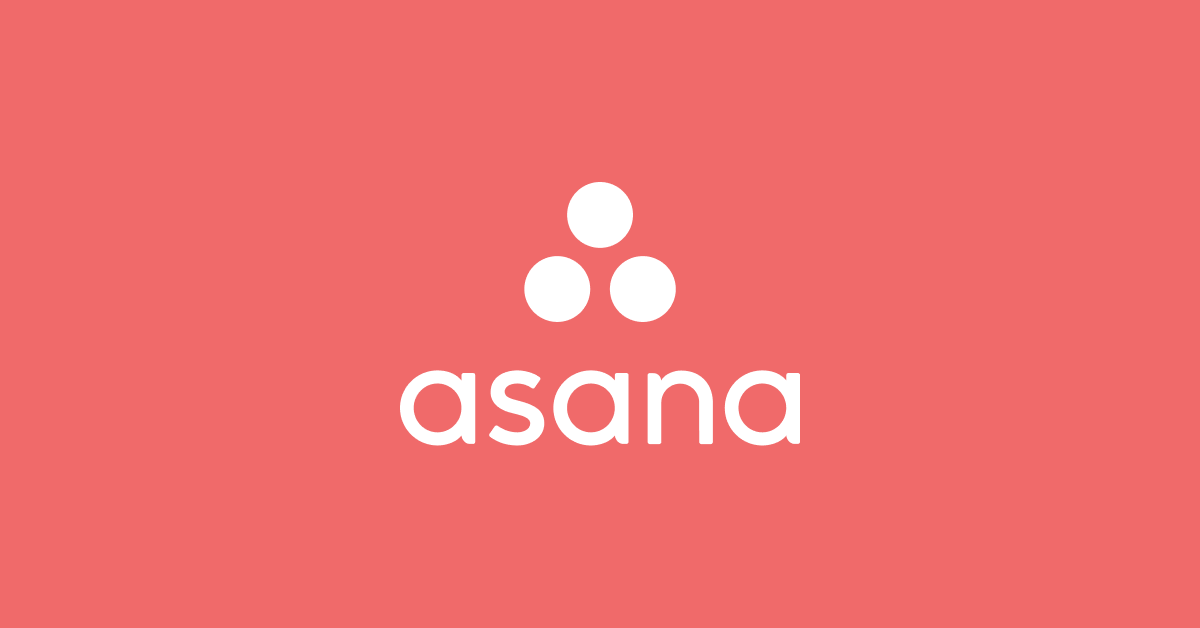
Using Asana for meetings | Product guide • Asana
Meeting agendas
- SKIP AHEAD TO
- How to create a meeting agenda
- Meeting examples
- Tips for planning your meeting
- Tips for running your meeting
- More resources
How to create a meeting agenda in Asana
While you can create a meeting agenda project for any meeting, you might want to start with a recurring team meeting or one-on-ones, then build agendas for any meeting as needed. There are a few ways to create your meeting agenda. To get started quickly:
- Start with the meeting agenda template and customize it for your team’s needs.
- Or, import an existing spreadsheet where you currently plan meetings.
If you’re a free user, prefer to build your own meeting agenda from scratch, or want general best practices for Asana projects follow along with our How to Asana video tutorial:
Examples of meetings you can plan with Asana
You can plan any meeting in Asana, but here are some ideas to get you started:
- Recurring team meetings
- One-on-ones
- Brainstorms
- Sprint planning
- Design critiques
Tips for planning and preparing for your meeting
1. Add discussion topics and agenda items as tasks
As you think of topics you need to discuss or address, add agenda items to the project as tasks. You can create new tasks just for the agenda, or add existing tasksfrom other projects. Since tasks can live in multiple projects, you won't have to duplicate them. Once you’ve covered that topic, you can remove it from the agenda project.
Agree on team conventions about who can contribute to the meeting agenda. For example, you could let anyone add to it, or have a meeting leader map it out.
2. Review and prioritize discussion items before the meeting
Create sections (or columns if it's a board project) to organize your agenda items. You can create categories like agenda, follow up, upcoming, and notes.
Before the meeting, review and prioritize the agenda topics by dragging and dropping tasks to put them in the right order.
3. Share any files or important context before the meeting
Meeting agenda projects also make it easier for attendees to find the resources and context they might need before attending. For example, if you need teammates to read something beforehand, create a task with the context or files needed, then assign task copies to the attendees with a due date before the meeting so they come prepared.
Tips for running your meeting
1. Connect Zoom and Asana
Get ready for simpler scheduling and more productive meetings in Zoom. With this integration you can create or link Zoom meetings in an Asana task. After the meeting, you'll also see the transcript and recording attached to the task for easy sharing and reference.
2. Make the agenda visible to all during the meeting
Meetings can get off track if teammates aren’t all focused on the same thing. Pull up your agenda in Asana to have on-screen during a meeting, or encourage teammates to pull it up on their mobile app. This also helps teammates, no matter where they are attending from, all have the same view during the meeting.
3. Track action items and follow-ups for better accountability
We’ve all volunteered to do something in a meeting then gotten back to our desk with no memory of what we agreed to. Instead, teammates can create tasks for action items that come up during the meeting and assign them out. By including details in the task description the context and why it’s needed are clear even after the meeting wraps.
4. Distribute meeting notes more easily
Instead of following up separately with meeting notes, create a "notes" task within your agenda and add any attendees or no-shows as task followers so they can see a recap. Zoom meetings linked to an Asana task will automatically attach the recording and meeting transcript in the task afterwards.
Make sure to distribute note-taking duties evenly amongst attendees so everyone can actively participate and ensuring the same people don’t always volunteer.
5. Discuss ideas and strategy instead of mere status updates
Because using Asana overall helps give you a better pulse on what’s happening and where work stands, you might find this reduces meeting frequency, or helps make the discussions more impactful. When you don’t have to run through a simple “to do, doing, done” checklist, you can better tap into blockers, problems, and results.
Resources for planning agendas and leading meetings
ResourcesLinkVideo tutorialWatch How to AsanaMeeting agenda templateUse templateOn-demand courseRegister for Asana Academy
Was this article helpful? Yes / No
- Asana
- Home
- Product
- Pricing
- Premium
- Business
- Enterprise
- Customer Success
- Asana Templates
- Trust & Security
- Status
- About Us
- Company
- Leadership
- Customers
- Diversity
- Careers
- Press
- Wavelength
- Asana Blog
- Investor Relations
- Sitemap
- Workflow Solutions
- Project Management
- Goal Management
- Agile Management
- Task Management
- Increase Productivity
- Work Management
- Project Planning
- To Do Lists
- See All Uses
- See All Teams
- Resources
- Asana Guide
- Forum
- Support
- App Directory
- Developers & API
- Partners
- Asana Community
- Certified Pros
- Events
- Asana for Nonprofits
- Learn
- Create a Marketing Plan
- Create a Project Plan
- Executive Summary Tips
- Kanban vs Scrum
- What are OKRs?
- What is Scope Creep?
- What's a Gantt Chart?
- Write a Creative Brief
- Write a Vision Statement
- See All Guides
© 2021 Asana, Inc.





